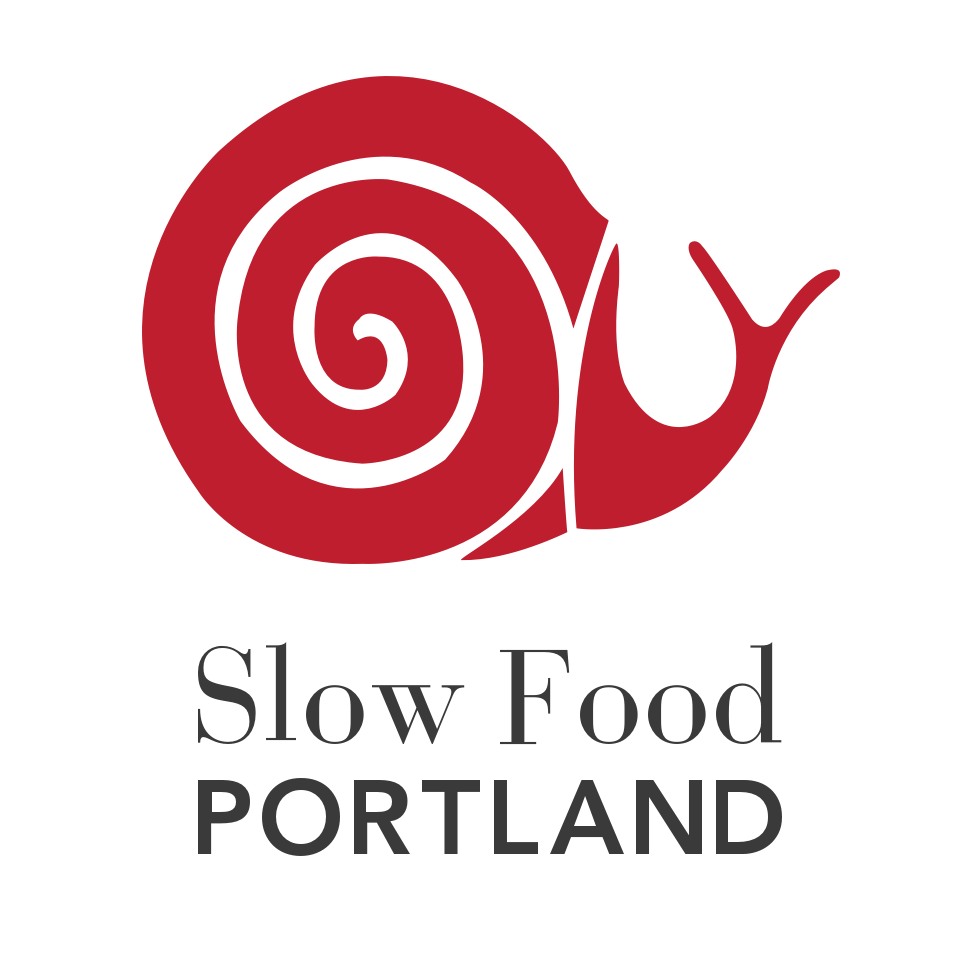Plastics in the food system
Did you know that there is so much plastic waste being discarded into the ocean, that scientists are discovering plastic in our poop?! It’s hard to ignore all of the recent media attention placed on plastic waste; it seems like 2018 is the year of plastic. All the stories you’ve seen cropping up about plastic waste in the ocean are for good reason; more and more studies are being conducted on our plastic problem, and there is new evidence that the Great Pacific Garbage Patch is much larger than originally believed to be.
We’ve all heard about the plastic straw bans cropping up across the country, and you’ve probably experienced it firsthand at restaurants as of late. According to the National Park Service, Americans throw away half a billion straws every day! Since plastic straws aren’t recyclable, this amounts to huge problems for wildlife, especially marine animals. National Geographic’s June 2018 issue featured the problem, full spread pictures and all. Now, in response to public outcry, large corporations, such as Starbucks and Coco-Cola, are pledging to clean up their packaging, with initiatives that have the potential to make a real difference in our waste stream.
Every September, for over 30 years, the Ocean Conservancy has been responsible for a global beach cleanup. The International Coastal Cleanup invites organized groups of volunteers, representing over 100 countries, to gather on beaches and clean up debris that has washed up on shore. This year, the report was a little different than in previous years, because for the first time ever, plastics made up the entire top ten list of items most collected. So how is this connected to our food system? Because a majority of these items are one-time consumer-use plastics that come directly from food and beverages we consume. These plastics can be found in all parts of the ocean, even in the depths, but primarily end up gravitating towards one of five gyres in the oceans of the world. The ubiquity of plastics in our seas shows the dramatic effect that our convenience food culture has on the natural world, and evidences a lack of foresight about where these items actually end up. Of the top ten plastics found most frequently in the 2018 Coastal Cleanup, eight of them can be attributed to our food system. The most prevalent food waste found in the Cleanup was plastic wrappers, followed by plastic beverage bottles, plastic bottle caps, plastic grocery bags, other plastic bags, straws and stirrers, plastic take out containers, plastic lids, and foam take out containers. Marine life is threatened by the proliferation of plastics in the ocean, as they often end up eating microplastics which are mistaken for food, or are injured in other ways by plastics floating around in their habitat. Now, studies are being conducted on how humans may be directly impacted by these microplastics in the ocean; they are literally showing up in the food we eat, even in beer!
The problem of plastic proliferation in our marine ecosystem stems, of course, from the failure of systems that we have on land. In fact, the U.N. estimates that 80% of ocean waste comes from the land. From mismanagement of waste and recycling, to our throw-away culture, to an out of sight, out of mind mentality, almost all of the activities and conveniences we take for granted everyday as humans end up hurting our ecosystem.
What can we do to help?
Become a more conscious consumer: Fashion brands such as Everlane, Teeki, Adidas Parley, and Athleta offer stylish products made from plastic waste items like recycled water bottles.
Limit your consumption of one-time-use plastic items by carrying your own: Brooklyn is now home to a completely plastic free grocery store, to join it’s already existing package free shop.
If you haven’t had a chance to watch some of the documentaries on Netflix about how land pollution impacts our ocean check out Chasing Coral or A Plastic Ocean.
Check out a blog like this one that gives actionable tips on reducing plastic consumption. https://www.plasticpollutioncoalition.org/get-started-living-plastic-free/.

